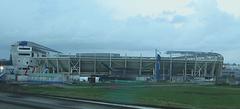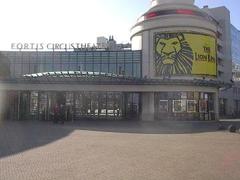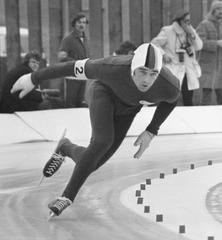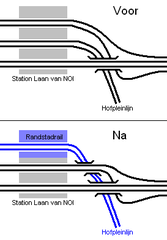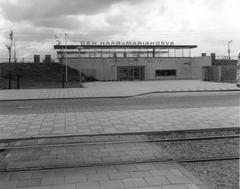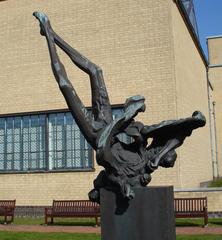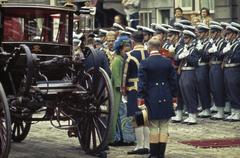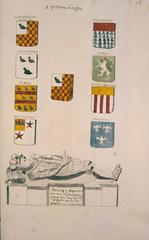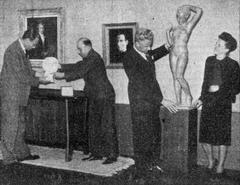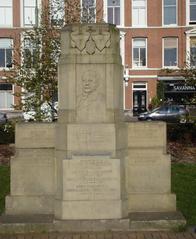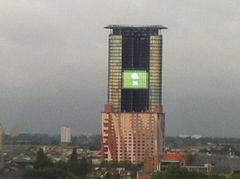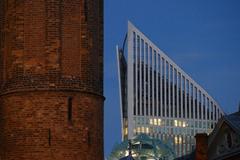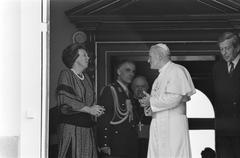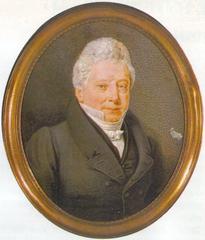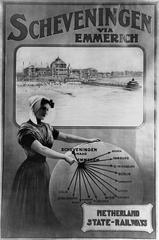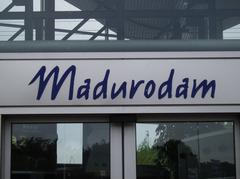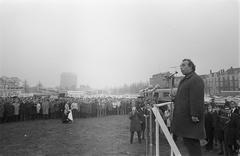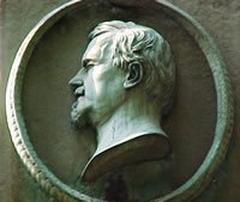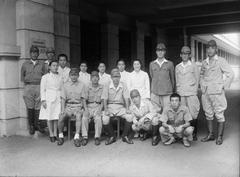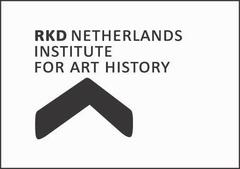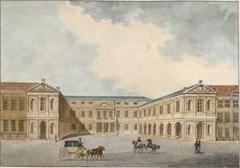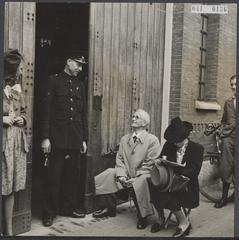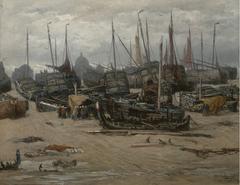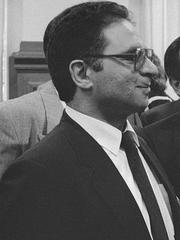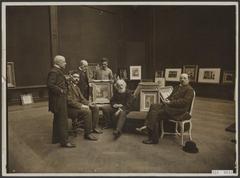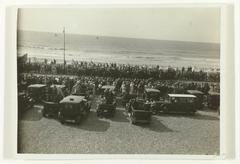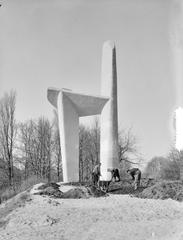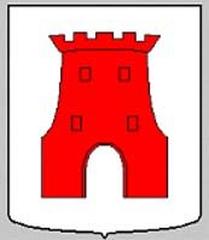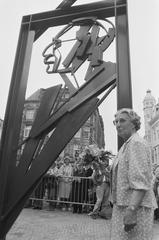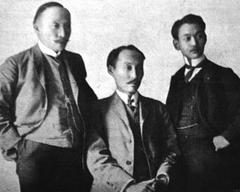Visiting the Honour Roll of the Fallen 1940-1945 in The Hague: A Comprehensive Guide
Introduction
The Honour Roll of the Fallen 1940-1945 in The Hague, Netherlands, stands as a poignant memorial to the Dutch citizens who lost their lives during World War II. This guide provides a comprehensive overview of the Honour Roll, encompassing its historical context, symbolic significance, design, and practical information for visitors.
Historical Context: The Hague and WWII
The Hague, the administrative center of the Netherlands, suffered greatly under Nazi occupation. The city witnessed aerial bombardments, forced labor, deportations, and the systematic persecution of its Jewish community. The Honour Roll serves as a permanent testament to the resilience and sacrifice of the Dutch people during this dark period. (Flickr: The Hague Remembrance Monument)
The Honour Roll: Origins and Purpose
The Honour Roll initiative emerged from former resistance members in the 1980s, culminating in the establishment of the Stichting Herdenkingsmonument 1940-1945 The Hague (Foundation for the 1940-1945 Memorial in The Hague). With government and municipal support, the monument was realized, aiming to transcend religious, social, and political divides by honoring all victims of the Nazi occupation. (Traces of War: The Hague Resistance and Liberation Memorial) (Wikidata: Honour Roll of the Fallen 1940-1945)
Design and Symbolism
Sculptor Albert (Appie) Drielsma, a Jewish survivor of the Holocaust, designed the monument. The design incorporates symbolic elements: a stone wall representing Dutch resilience, and four smaller columns symbolizing the main societal groups (neutral, Roman Catholic, Protestant, and Jewish). Inscriptions on the columns convey messages of resistance and remembrance. (Flickr: The Hague Remembrance Monument)
Visiting the Honour Roll: Practical Information
The Honour Roll is located at Carnegieplein, opposite the Peace Palace.
- Location and Access: Easily accessible by public transport; pedestrian-friendly and wheelchair accessible.
- Visiting Hours: Open 24/7, year-round.
- Admission: Free.
- Guided Tours: Available through local tour operators, often incorporating other WWII historical sites.
- Nearby Attractions: Peace Palace, Mauritshuis Museum, Escher Museum.
Commemoration and Societal Impact
The Honour Roll serves as a focal point for annual commemorations, particularly on May 4th (Dutch National Remembrance Day). It plays a vital role in education, reminding visitors of the dangers of totalitarianism and the importance of preserving democratic values. (Flickr: The Hague Remembrance Monument)
The Honour Roll in the Dutch Remembrance Landscape
The Honour Roll complements a network of Dutch war memorials, emphasizing unity, resilience, and reconciliation. Its location opposite the Peace Palace underscores the connection between remembrance and the pursuit of international justice. (Wikidata: Honour Roll of the Fallen 1940-1945)
Planning Your Visit
A visit to the Honour Roll offers a powerful and moving experience. Combining the visit with nearby historical sites and museums can provide a deeper understanding of The Hague’s rich history and the impact of WWII on the Netherlands. Checking for special events and guided tour availability can enhance your visit. (Erelijst.nl) (DenHaag.com) (NIOD)
